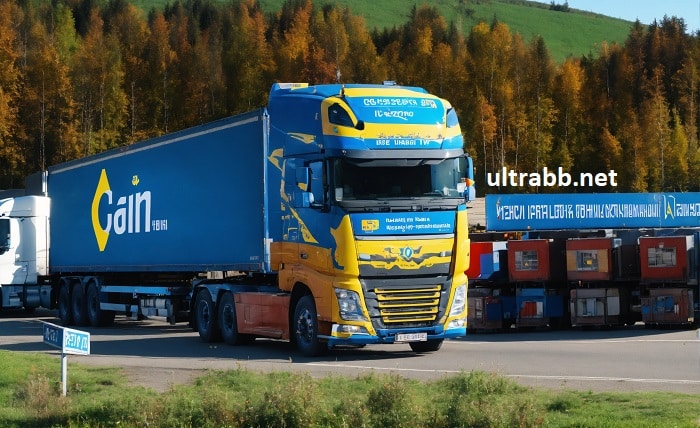Danke Schön: Mastering the Art of Saying Thank You in German

Germany might seem like a land of stern expressions and formal handshakes, but beneath the surface lies a warm culture filled with appreciation and gratitude. Whether you’re ordering a cappuccino or receiving a helping hand, expressing your thanks in German is key to unlocking genuine connections and showing respect. Fear not, language learner! This guide will equip you with the perfect “Danke Schön” for any situation.
The Classic: Danke – Simple and Sweet
Start with the foundation: “Danke” (pronounced “dahn-kuh”). This versatile word translates to “thank you” and works in most casual settings. From thanking a barista to acknowledging a friendly nod, “Danke” expresses basic gratitude.
Stepping it Up: Danke Schön – A Touch of Politeness
For a more polite tone, add “Schön” (pronounced “shön”) after “Danke.” “Danke Schön” translates to “Thank you very much” and is suitable for most everyday situations, showing a little extra appreciation.
Going Formal: Sehr freundlich von Ihnen
In formal settings, opt for phrases like “Sehr freundlich von Ihnen” (pronounced “sehr front-lich fon ee-nen”) for “That was very kind of you” or “Ihnen/Ihnen beiden sehr verbunden” (pronounced “ee-nen/ee-nen bai-den sehr fer-boon-den”) for “Thank you very much.” These phrases demonstrate respect and formality.
Beyond Danke: Expressing Specific Appreciation
Sometimes, “Danke” doesn’t quite do it justice. Show nuanced appreciation with phrases like “Vielen Dank für Ihre Hilfe” (pronounced “feeling dank für ee-re hül-fe”) for “Thank you very much for your help” or “Ich bin Ihnen sehr dankbar für…” (pronounced “ich bin ee-nen sehr dank-bar für…”) for “I am very grateful for…”.
Cultural Gems: Regional Thank you
Germany’s diverse regions boast unique ways to express thanks. In Bavaria, you might hear “Vergelt’s Gott” (pronounced “fer-gelts got”) – “May God reward you.” In northern regions, “Moin Moin” (pronounced “moin moin”) can be used as a casual “thanks” alongside greetings.
Practice Makes Perfect: Embrace the Danke Culture
Learning the art of “Danke” goes beyond words. Smile, make eye contact, and nod sincerely to convey genuine appreciation. Don’t be afraid to make mistakes – Germans appreciate your effort to learn their language and culture.
Conclusion
Embracing the art of “Danke” isn’t just about mastering the words; it’s about unlocking a deeper connection with German culture and its emphasis on gratitude. Remember, a sincere smile and genuine intention can often speak louder than perfect pronunciation. So, step out there, practice your “Danke” with confidence, and enjoy the enriching experiences that await you in Germany!
FAQ
1. Is it okay to just say “Danke” in all situations?
While “Danke” is a great starting point, adding “Schön” or opting for more formal phrases depending on the context shows additional respect and nuance.
2. Are there any gestures I should avoid while saying “Danke”?
Avoid crossing your arms or looking away as it can portray disinterest or disrespect. A smile, nod, and eye contact demonstrate genuine appreciation.
3. What are some other ways to express gratitude in German?
- “Kein Problem” (No problem) – used to respond to someone thanking you.
- “Gern geschehen” (You’re welcome) – another way to respond to thanks.
- “Das freut mich” (That makes me happy) – expressing joy at being able to help.
- “Bitte schön” (You’re welcome) – a more formal response to thanks.
4. Are there any regional variations in thanking someone?
Yes! The blog post mentions “Vergelt’s Gott” in Bavaria and “Moin Moin” in northern regions. Be aware of and respectful of these cultural nuances.
5. Where can I find more resources to learn German expressions of gratitude?
- German language learning apps and websites.
- German cultural dictionaries and guides.
- Online forums and communities of German learners.



